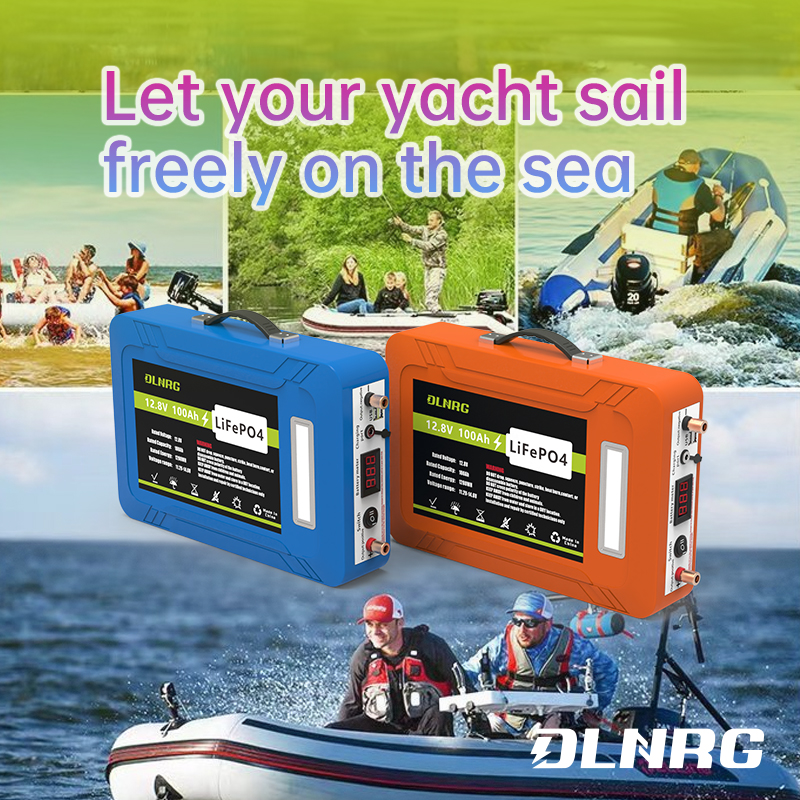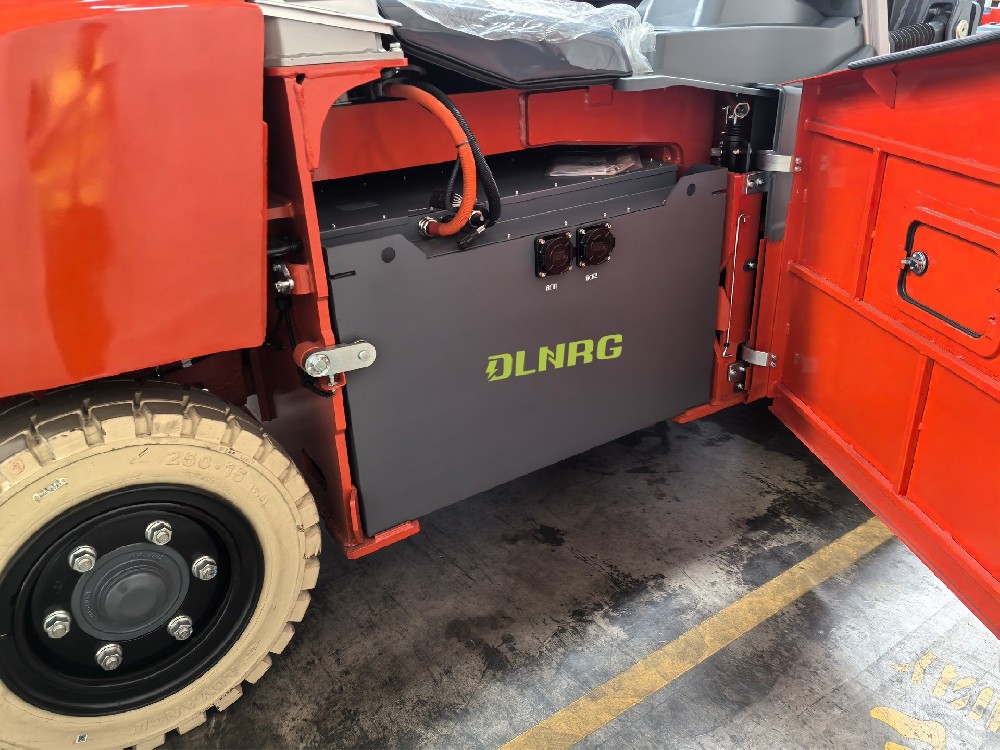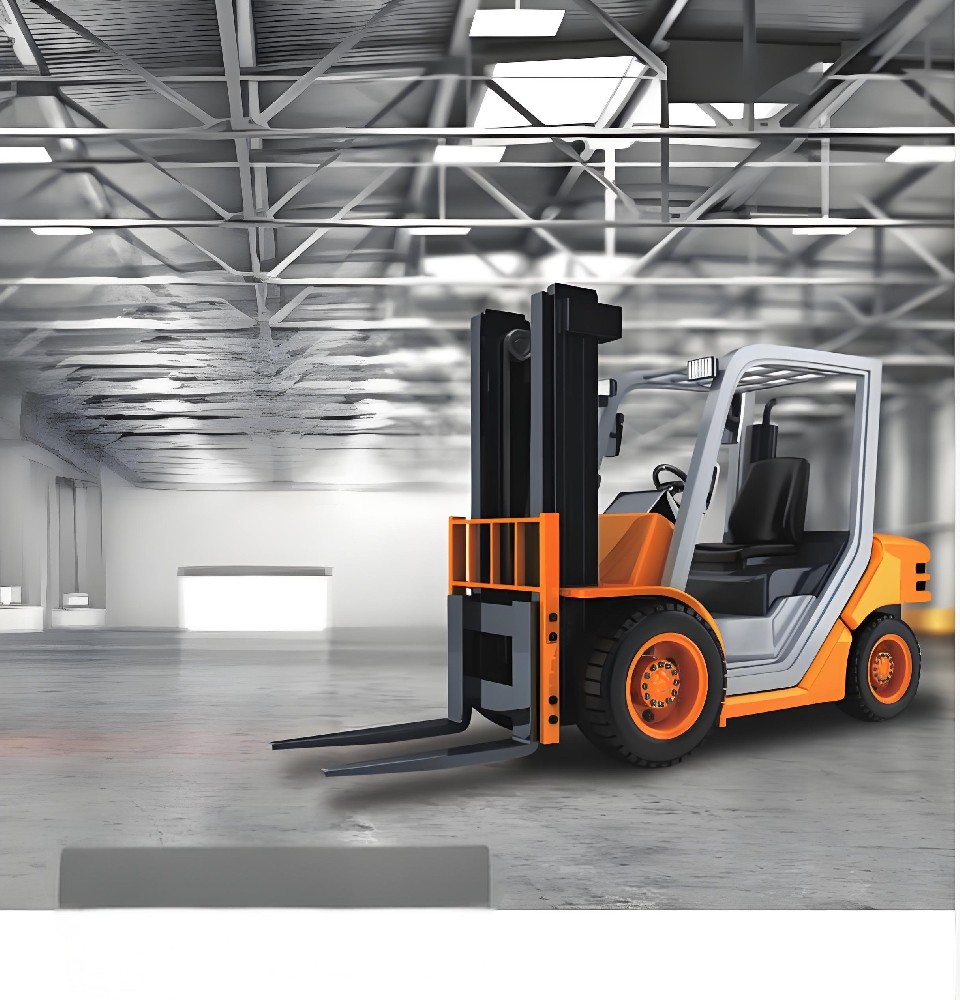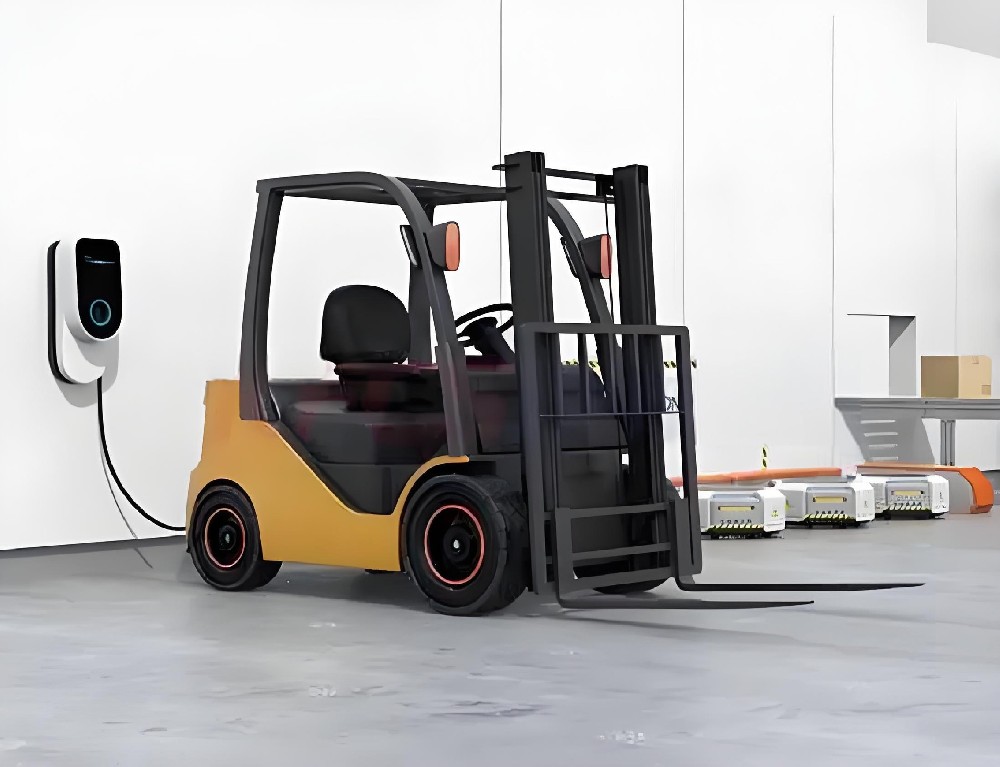A comprehensive life cycle analysis forms an essential part of any product that aspires to attain sustainability and efficiency. This article focuses on understanding the life cycle of lithium batteries specifically used in forklifts and the factors that influence their overall operational efficiency and effectiveness over this lifecycle.
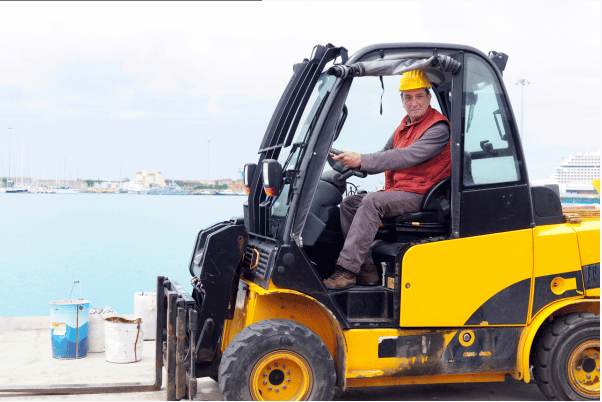
Introduction
Lithium batteries are a new wave of technology becoming increasingly popular in forklifts, primarily because they hold several advantages over traditional lead-acid batteries. Some key advantages include their longer lifespan, better energy efficiency, faster charging times, and reduced maintenance requirements.
Nonetheless, it is crucial to examine both the environmental impact and overall cost-effectiveness of these batteries throughout their lifecycle to ensure a comprehensive understanding of their true value and sustainability.
Manufacturing
The manufacturing process of lithium batteries used in forklifts involves several stages, including mining raw materials, material processing, cell production, and final assembly. Each of these stages has its environmental implications.
Lithium mining can have detrimental effects on local water supplies and ecosystems due to pollutant generation. The amount of energy consumed at the production stage is significant contributing to a high carbon footprint. Only careful regulation and sustainable practices can help mitigate these impacts.
Use Phase
The use phase of lithium batteries typically boasts greater environmental sustainability compared to their manufacturing phase. This phase involves the actual operation of the forklift with the lithium battery.
They require less energy for operation and offer more efficiency. Lithium batteries can be charged faster than conventional lead-acid batteries, which reduces downtime. Additionally, lithium batteries have a significantly longer lifespan. This could lead to fewer units produced and disposed of, reducing the overall environmental impact.
End-of-Life Management
At the end of their lifespan, proper disposal or recycling of lithium batteries is necessary to mitigate potential environmental harm. Lithium is a valuable resource and can be extracted from used batteries and repurposed. However, the recycling process is energy-intensive and can be costly, which often deters its practice.
The scarcity of cost-effective recycling infrastructure is a substantial hurdle at this life cycle stage. Investment in developing efficient recycling methods could make a significant difference in making the life cycle of lithium batteries more sustainable.
Conclusion
Lithium batteries for forklifts have numerous environmental pros and cons throughout their life cycle. They are more energy-efficient during the use phase than the more traditional lead-acid batteries and can save both costs and emissions in the long run. Yet, harnessing their full potential remains contingent on improving the sustainability of the manufacturing process and developing more effective recycling methods.
Conducting a rigorous life cycle analysis can help stakeholders gain a holistic view of the costs and benefits associated with using lithium batteries in forklifts, and shed light on opportunities for improvements. In the quest for sustainable industrial practices, such comprehensive evaluations are invaluable.

